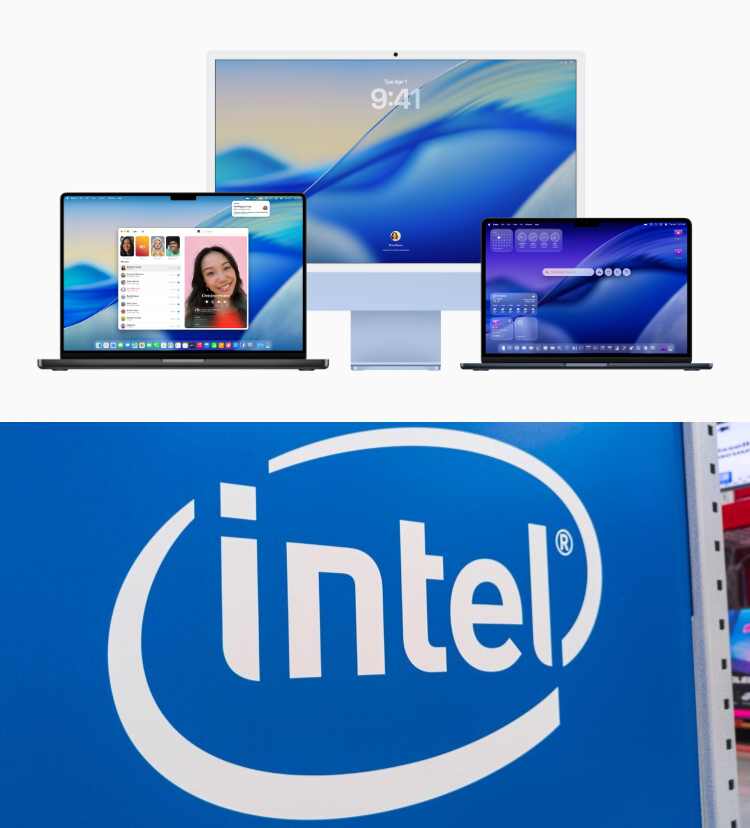Apple Inc. revealed at its annual Worldwide Developers Conference (WWDC) on June 9, 2025, that macOS Tahoe 26 will be the last operating system to support Macs powered by Intel Corp. processors, effectively concluding a two-decade partnership with Intel for Mac hardware. The announcement, detailed in a Bloomberg report, confirms Apple’s ongoing shift to its proprietary Apple Silicon chips, which began in 2020 with the introduction of the M1 chipset. This transition impacts older Mac models, including the 2019 MacBook Pro, 2020 13-inch MacBook Pro, 2020 iMac, and 2019 Mac Pro, which will receive macOS Tahoe but miss out on features like Apple Intelligence, which requires Apple Silicon.
Despite the loss of Apple as a key customer, Intel’s stock surged more than 8% in trading on June 10, 2025, as reported by TipRanks. The rally appears driven by broader positive developments in the semiconductor industry. Analysts point to optimism surrounding U.S.-China trade discussions, which could lead to relaxed export restrictions, providing a “halo effect” for chipmakers like Intel. Additionally, Intel received a boost from its involvement in Department of Defense initiatives. According to Intel’s federal chief technology officer, the DoD is set to release “operational technology-specific zero trust guidance,” which will outline cybersecurity protections for military systems, including weapons, sensors, and shipyard technologies. Intel’s role in these advancements underscores its continued relevance in high-stakes applications.
Apple’s decision to phase out Intel support aligns with its long-term strategy to optimize performance and efficiency through Apple Silicon. macOS Tahoe 26 introduces a sleek new design with a translucent “Liquid Glass” interface, enhanced Continuity features like the Phone app on Mac, and a revamped Spotlight search, as detailed in Apple’s WWDC keynote. However, these updates will be the final major features for Intel-based Macs, with Apple committing to two years of security updates for these systems. Bloomberg notes that the performance demands of Apple Intelligence and third-party applications, such as Adobe Photoshop, are increasingly incompatible with Intel’s x86 architecture, further justifying Apple’s shift to ARM-based processors.
For Intel, the market’s positive response reflects confidence in its broader portfolio. Despite a 33.76% decline in its stock price over the past year, as cited by TipRanks, analysts maintain a Hold consensus on INTC, with an average price target of $21.29, suggesting a modest 3.88% downside risk. The company’s resilience amid Apple’s transition highlights its diversification into areas like AI, cybersecurity, and global trade opportunities.
As Apple prepares to fully embrace its Silicon era, the end of Intel support marks a pivotal moment for both companies. For Mac users, the shift promises enhanced performance, while Intel’s focus on emerging technologies suggests a robust path forward despite the loss of a long-standing partnership.

